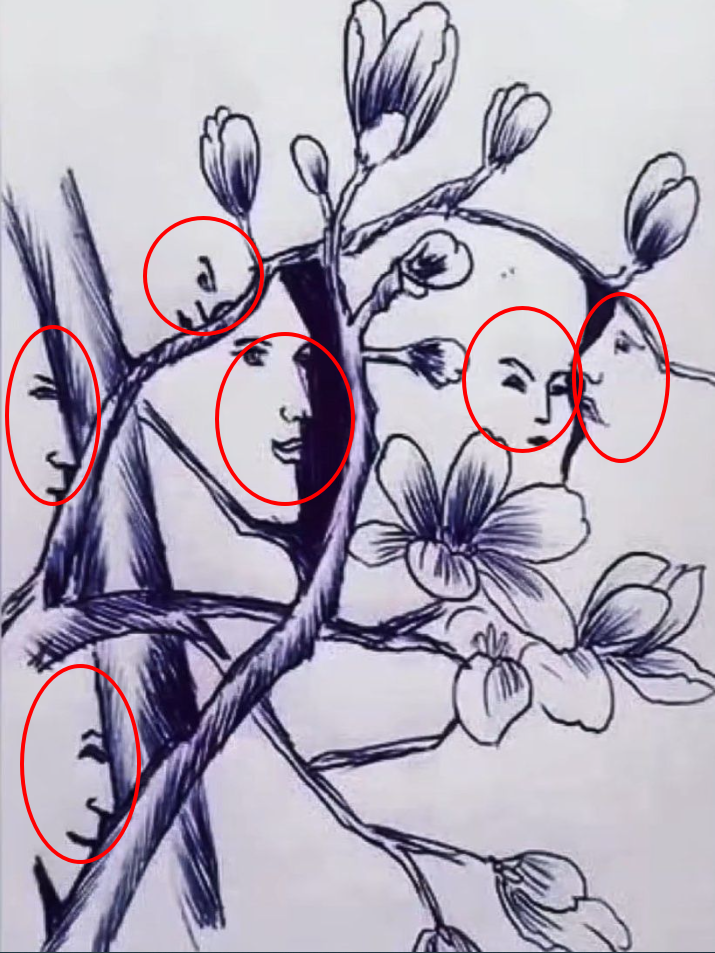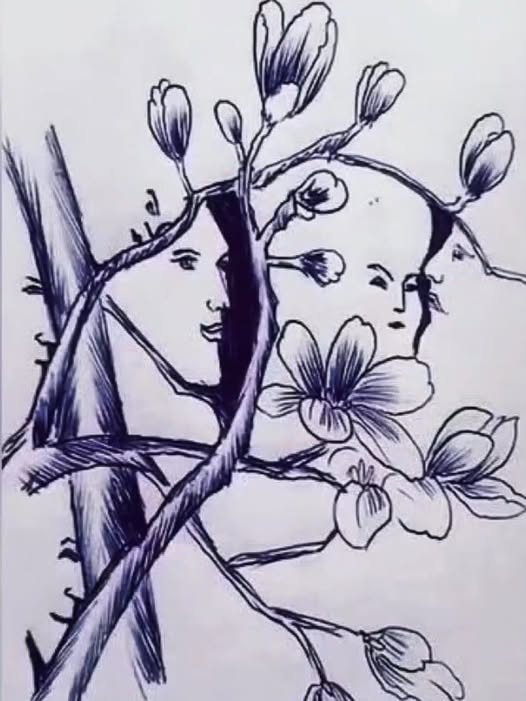Only a genius can find all the faces hidden in this picture. Are you one of them?
Why We Love Optical Illusions in Art
Let’s be honest—there’s something utterly enchanting about spotting a hidden face where you least expect it. Optical illusions tickle our brains, blending curiosity with delight as we discover secret patterns in everyday scenes. When artists hide human features within tree branches or flower petals, they transform simple nature sketches into playful puzzles, inviting us to look closer and celebrate the unexpected.
The Art of Concealed Imagery in Botanical Drawings
Artists have long woven hidden images into plant illustrations, creating layered experiences that reward patience and keen observation. By subtly shaping blooms, leaves, and branches, they coax faces, figures, or animals to emerge from their work. This approach not only highlights the versatility of pen and ink but also underscores a deeper connection between humanity and the natural world.

Key Techniques for Crafting Hidden Faces
Branch Contours as Facial Profiles
Bending a branch into the outline of a nose or chin creates an instant human profile. Slight shading along the bark suggests cheekbones or eye sockets.
Flower Petals as Hair or Crowns
Overlapping petals radiating from a bud can mimic flowing hair or a regal diadem. Strategic petal placement evokes a sense of movement and personality.
Negative Space Between Twigs
The gaps where branches diverge become ‘eyes’ or mouths when framed just right. This dance between positive and negative space is the heart of many optical illusions.
Subtle Leaf Veining for Expression
Fine lines of leaf veins can hint at wrinkles, smiles, or frowns. With minimal line work, an artist suggests emotion without overt detail.
.
.
.
.
.
Answer:



